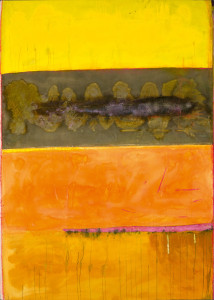
TRAINGONE
Paintings by Frank Bowling 1979–96
In Museum of Spirits, Stockholm.
23 October 2014 – 6 April 2015
Acroo the Wadi.
Besides having a reputation for its shows on Swedish alcohol culture, the Museum of Spirits is also the repository of the internationally known Absolut Art Collection. For the second year in a row, the Museum presents a solo exhibition of work by one of the artists represented in the Collection: Frank Bowling. In recent years, Bowling has been recognised as one of the most important British artists of the post-War period, and his reputation continues to grow abroad.
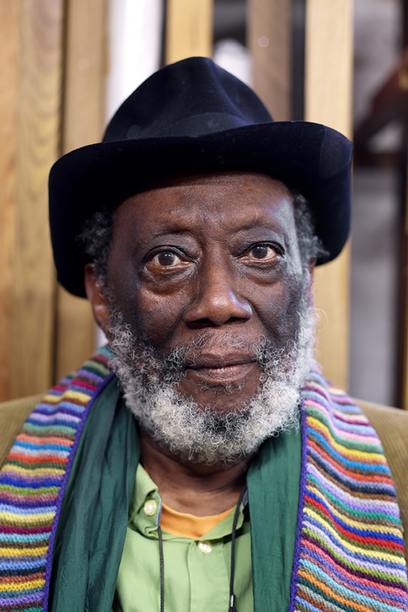 Pho Jager Ahren.
Pho Jager Ahren.
Traingone at the Museum of Spirits is the first major retrospective of Frank Bowling’s work shown in Europe outside the UK.
Frank Bowling, OBE and member of the Royal Academy of Arts, was born in 1934 in what was then the colony of British Guiana, moving to London in 1953. There he saw the works of great English painters like Gainsborough, Constable and Turner for the first time, which made an indelible impression on him and led him to a life of art. He graduated from the Royal College of Art in 1962, taking the silver medal for painting in his class (the gold went to David Hockney). Shortly thereafter, finding the London art scene too insular, he headed for New York – which opened up life-changing new vistas. He has continued to work in both cities ever since.
 Devils Sole, 1980.
Devils Sole, 1980.
When Frank Bowling began his career, there was pressure on young black artists to be part of a figurative tradition communicating political messages. Though he started as a figurative painter, he quickly moved towards big abstract pieces that grew ever more complex, influenced by his interest in the principles of mathematics and symmetry. His entire working life has been a struggle to be acknowledged as an abstract painter within the trajectory of contemporary western art, and a refusal to represent anything else.
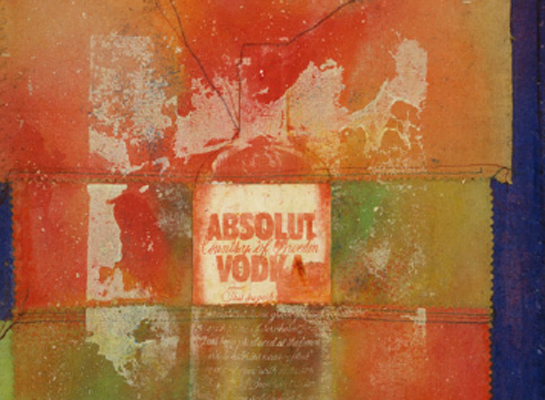
Starting in the early 1970s, colour became a central element of Frank Bowling’s painting. Traingone looks at selected works from 1979–96. His paintings from this period have a unique, lyrical presence that evokes a feeling of nature and landscapes.
Why Traingone? The exhibition takes its title from the painting Traingone (1996). Behind Bowling’s titles is often a story or a bit of wordplay linking the artwork to people, places and memories. The story behind Traingone relates to a memory of growing up in Guyana. Near a remote railway station, deep in the forest, where the trains stopped only briefly, there was an isolated hospital for lepers. Inmates often went to the station to peddle their goods, but frequently they didn’t make it before the train was off again – and the cry would go up, Train gone! The title also alludes to saxophonist John Coltrane, a.k.a. Trane (1926 –1967), whose music was ever-present in Frank Bowling’s studio.
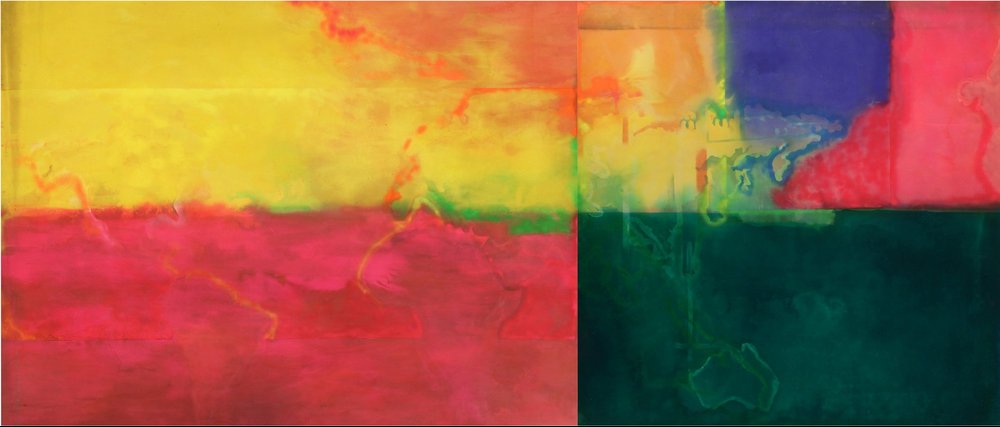 Africa to Australia, 1971.
Africa to Australia, 1971.
Frank Bowling’s work has been exhibited at museums and galleries including the Whitney Museum of American Art in New York (1971) and the Serpentine Gallery in London (1986), as well as in a touring retrospective in the UK: Bowling Through the Century (1996). Tate Britain exhibited Frank Bowling’s “poured paintings” from the 1970s in A Focus Display (2012–13), and Traingone picks up where it left off.
His work is represented at the Museum of Modern Art, the Metropolitan Museum of Art and the Whitney Museum of American Art (New York), the Museum of Fine Arts (Boston), the Royal Academy of Arts, Tate Gallery and the Victoria & Albert Museum (London).
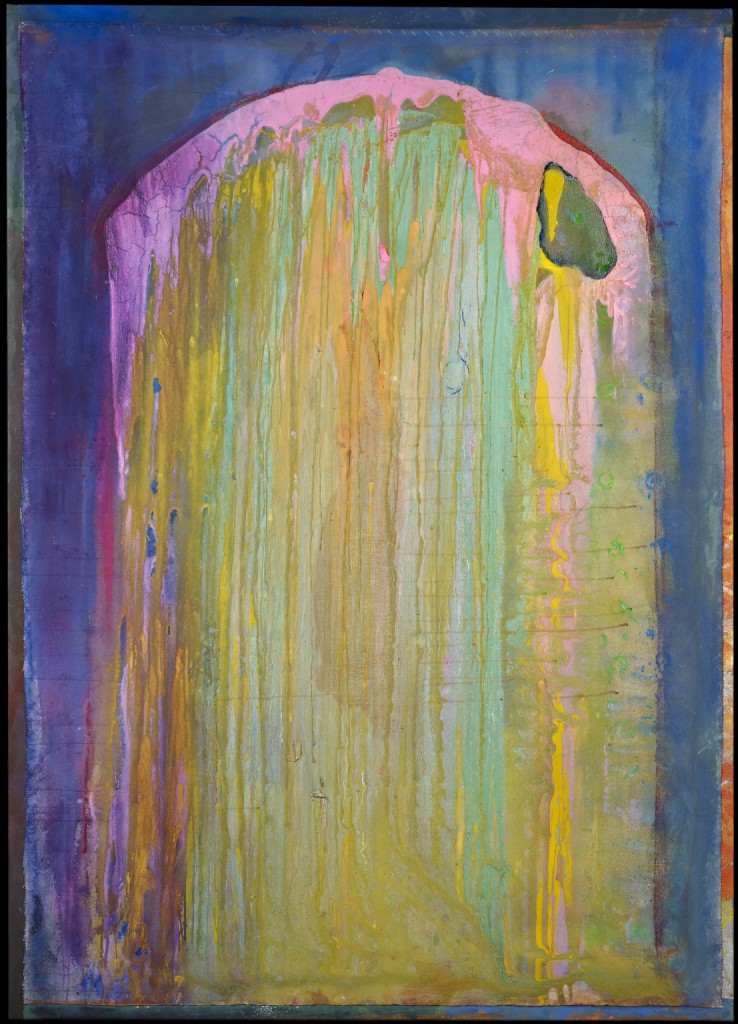
Upright, 2012.
In conjunction with the Frank Bowling show, a richly illustrated catalogue will be published with an introduction by Museum of Spirits curator Mia Sundberg and submissions by two invited journalists. Zoe Whitley is curator of contemporary British art at Tate Britain and curator of international art at Tate Modern. She is also a specialist in the contemporary art of the African diaspora. Mel Gooding is a critic, lecturer, professor and writer for the international art press. Gooding wrote the monograph on Frank Bowling that was published when the artist was elected to the Royal Academy of Arts in 2005.
